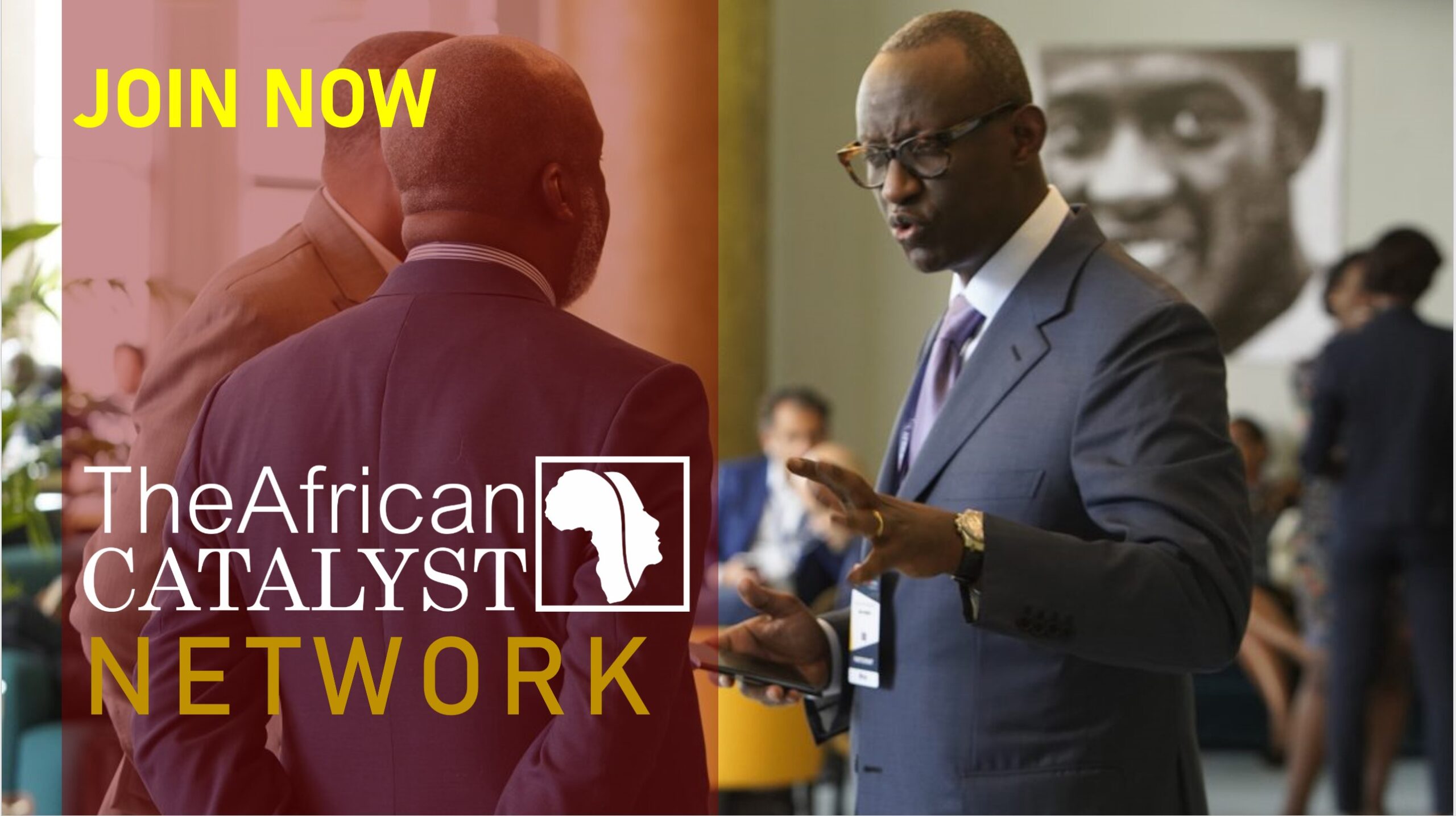According to McKinsey, most of Africa lags the rest of the world in coverage of key infrastructure classes, including energy, road and rail transportation, and water infrastructure. This does not only hinder the continent’s economic growth, but also the reaching of its national development objectives as stipulated in the UN 2030 Agenda for Sustainable Development, and Agenda 2063.
Hence thus, accordingly, closing this infrastructure gap matters greatly for the continent’s development, the quality of life of its people, and the growth of its business sector. The good news is that infrastructure investment in Africa has been increasing steadily over the past 15 years, and that international investors have both the appetite and the funds to spend much more across the continent. The challenge, however, is that Africa’s track record in moving projects to financial close is poor: 80 percent of infrastructure projects fail at the feasibility and business-plan stage.
This is Africa’s infrastructure paradox—where, in the midst of high demand for projects, sufficient supply of capital and investors, and voluminous potential projects, there is insufficient investment in infrastructure projects within the continent.
Closing Africa’s Infrastructure Gaps
Africa faces serious infrastructure gaps. While significant progress is being made to close this gap, Africa still lags behind; for example India connected 100 million people to electricity in 2018, compared to just 20 million achieved in Africa. This has led to electricity consumption per person in Ethiopia, Kenya, and Nigeria being less than one-tenth that of the BRICs (Brazil, Russia, India, and China).
Many parts of Africa need to upgrade their economic infrastructure to facilitate movement in-country and around the continent. This includes the improvement of land, sea, air, and digital infrastructure.
Furthermore, the unmet demand looks likely to increase: McKinsey forecasts that Africa’s demand for electricity will quadruple between 2010 and 2040. The continent also trails the BRIC countries in other key measures, including rail density and road density.
Yet there is also no shortage of effort to close Africa’s infrastructure gaps. A 2018 report by the Infrastructure Consortium for Africa (ICA) found that between 2013 and 2017, the average annual funding for infrastructure development in Africa was $77 billion—double the annual average in the first six years of this century.
It is important to note that the process of developing Africa’s infrastructure landscape will be defined by long-term decision-making around asset classes with a 30 to 40-year lifespan. Institutional investors such as insurance companies, pension funds and sovereign wealth funds have more than $100-trillion in assets under management globally.
Nearly half of the recent activity was in West and East Africa, with 27 and 19 percent of the total respectively. The transport and energy sectors together accounted for nearly three-quarters of the total investment.
The rising spend has come principally from African governments, which accounted for 42 percent of total funding in 2017. Chinese investment in particular has grown steadily:
According to the same ICA report, Chinese infrastructure commitments grew at an average annual rate of 10 percent from 2013 to 2017 and have supported many of Africa’s most ambitious infrastructure developments in recent years. For example, China’s EXIM Bank financed more than 90 percent of the $3.6 billion Mombasa-Nairobi Standard Gauge Railway in Kenya. Opened in 2017, the railway cut travel time between the cities in half.
However, many more projects are needed. As a share of GDP, infrastructure investment in Africa has remained at around 3.5 percent per year since 2000—but the McKinsey Global Institute estimated in 2016 that this will need to rise to 4.5 percent if the continent is to close its infrastructure gaps. By way of comparison, China spends about 7.7 percent of GDP on infrastructure, and India 5.2 percent. In absolute terms, this would mean a doubling of annual investment in African infrastructure between 2015 and 2025, to $150 billion by 2025.
What are the prospects of unlocking such a step-change in infrastructure investment?
On the one hand, many African governments face rising debt-to-GDP ratios, which will constrain their infrastructure spending in the years ahead. In sub-Saharan Africa, for example, the median debt-to-GDP ratio exceeds 50 percent—up from 31 percent in 2012.
On the other hand, international investors have considerable appetite for African infrastructure projects. By our estimate, such investors could have as much as $550 billion in assets under management. They include government agencies, private-sector pension funds, and investment companies. Investors from the United States account for 38 percent of this potential funding, with significant funding also available from the United Arab Emirates, China, the United Kingdom, and France.
Read more here.


